environment
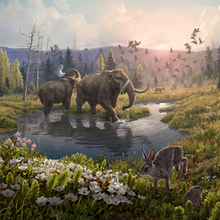
2.4 Million-Year-Old DNA Is Oldest Ever Recovered
Katherine Irving | Dec 7, 2022 | 2 min read
The DNA fragments collected from permafrost in northern Greenland unlock insights into an ancient ecosystem.
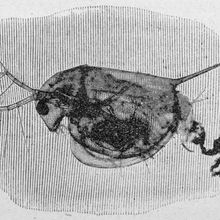
Environmental RNA Reveals Heat Stress in Water Fleas
Katherine Irving | Dec 2, 2022 | 5 min read
The eRNA detection method could one day be used to catch early warning signs of distress in wild ecosystems.
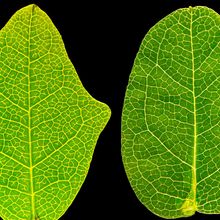
Can Plants See? In the Wake of a Controversial Study, the Answer’s Still Unclear
Christie Wilcox, PhD | Nov 30, 2022 | 10+ min read
A tiny pilot study found that so-called chameleon vines mimicked plastic leaves, but experts say poor study design and conflicts of interest undermine the report.
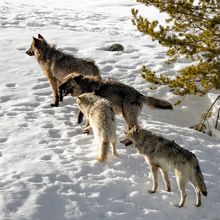
Toxoplasma-Infected Wolves More Likely to Lead Packs, Study Finds
Katherine Irving | Nov 29, 2022 | 3 min read
The parasite appears to make infected wolves less risk-averse, potentially influencing the behavior of packs.

Green Lab Initiatives Take Root Around the World
Natalia Mesa, PhD | Nov 14, 2022 | 9 min read
Scientists, students, and administrative staff are working to bring about a cultural shift to mitigate the impact of research on the environment.
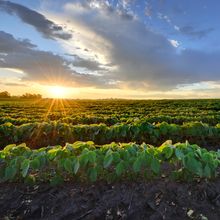
As Carbon Dioxide Goes Up, Plants’ Nutrient Content Declines
Dan Robitzski | Nov 3, 2022 | 5 min read
Abundant environmental CO2 can increase plant biomass and photosynthesis, but it has downsides for agriculture and ecosystems, a growing body of research finds.
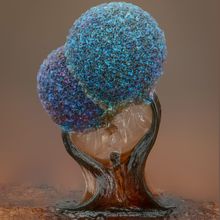
Science Snapshot: Breaking the Mold
Lisa Winter | Nov 3, 2022 | 1 min read
This image took 5th place at the 2022 Nikon Small World Photomicrography Competition.
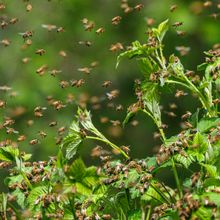
Some Honey Bee Swarms Generate Electrical Charges Stronger Than Storms
Jef Akst | Oct 24, 2022 | 2 min read
Small charges carried by individual insects can add up, a study finds, with larger swarms generating substantial electrical fields.
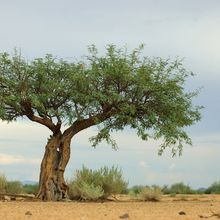
Climate Change May Favor Nitrogen-Fixing Plants
Andy Carstens | Oct 17, 2022 | 2 min read
Aridity appears to configure landscapes with a greater diversity of plant species that rely on symbiotic bacteria for nitrogen.
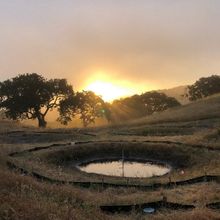
Severe Drought, Heat Upended Research This Summer
Dan Robitzski | Oct 13, 2022 | 8 min read
Researchers scramble to adapt as bouts of severe heat and aridity increasingly become the norm.
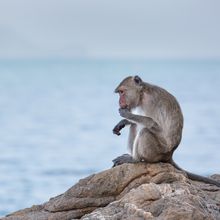
What Happens to Science When Model Organisms Become Endangered?
Dan Robitzski | Oct 13, 2022 | 9 min read
The long-tailed macaque and pig-tailed macaque are now endangered in the wild according to the IUCN Red List, which says exports for monkey research are partially to blame.
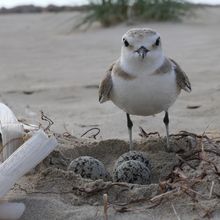
Avian Deception More Widespread Than Previously Thought
Andy Carstens | Oct 3, 2022 | 5 min read
The broken-wing display, in which birds fake being wounded to protect their nests from predators, is found across the avian phylogenetic tree, a study finds.

Opinion: Eating Right to Avoid Catastrophe
Giulia Wegner and Kris A. Murray | Oct 3, 2022 | 5 min read
The key to averting cataclysmic events, such as pandemics, climate change, and mass extinction of species, lies partly in what’s on our plates.
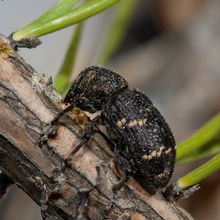
Pine Trees’ Fragrances Help Neighbors Battle Bark Beetles
Katherine Irving | Sep 30, 2022 | 5 min read
Polluted air impedes the trees’ ability to read one another’s signals, a study finds.
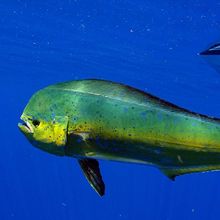
The Deepwater Horizon Oil Spill’s Hidden Impacts on Mahi-Mahi
Natalia Mesa, PhD | Sep 28, 2022 | 5 min read
Mahi-mahi were more likely to be eaten and less likely to spawn after being exposed to sublethal concentrations of oil, raising concerns about the risks oceanic drilling pose to life in the ocean.
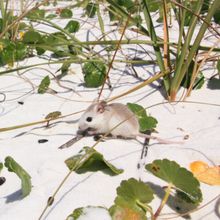
Are We In the Midst of a Silent Mass Extinction?
Andy Carstens | Sep 22, 2022 | 7 min read
A new modeling technique aims to help scientists and policymakers detect declines in genetic diversity based on habitat loss.
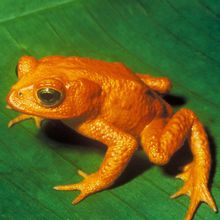
Past Malaria Surges Linked to Amphibian Die-off
Andy Carstens | Sep 21, 2022 | 2 min read
A study suggests that pathogens affecting other species can indirectly harm human health.
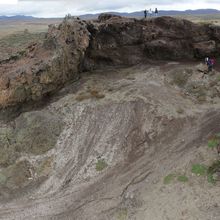
Repeated El Niño Events Could Spark Big Ecological Shifts
Margaret Osborne | Sep 19, 2022 | 5 min read
Five major El Niño events per century could lead to fewer fishes that thrive in cold water and more terrestrial birds in eastern coastal ecosystems.

A New Culprit in Air Pollution: Reactions Triggered by Human Skin
Shafaq Zia | Sep 2, 2022 | 4 min read
Oil on human skin reacts with ozone to produce highly reactive radicals that can generate toxic airborne chemicals in indoor spaces.
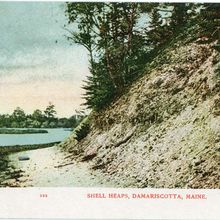
Sticks and Bones, Circa 8000 BCE
Dan Robitzski | Sep 1, 2022 | 3 min read
Ancient stashes of animal bones, tools, and other artifacts are often dismissed as archaic garbage heaps, but the deposits provide glimpses of the cultural practices and environmental conditions of past Indigenous settlements.